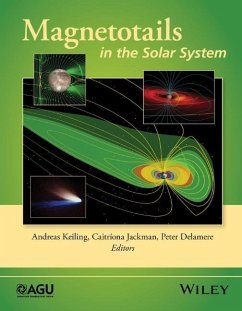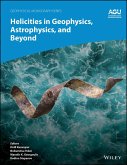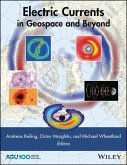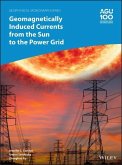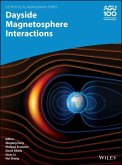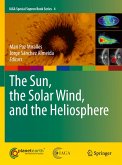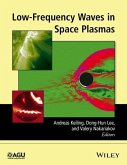All magnetized planets in our solar system (Mercury, Earth, Jupiter, Saturn, Uranus, and Neptune) interact strongly with the solar wind and possess well developed magnetotails. However, Mars and Venus have no global intrinsic magnetic field, yet they possess induced magnetotails. Comets have a magnetotail that is formed by the draping of the interplanetary magnetic field. In the case of planetary satellites (moons), the magnetotail refers to the wake region behind the satellite in the flow of either the solar wind or the magnetosphere of its parent planet. The largest magnetotail in our solar system is the heliotail, the "magnetotail" of the heliosphere. The great differences in solar wind conditions, planetary rotation rates, ionospheric conductivity, and physical dimensions provide an outstanding opportunity to extend our understanding of the influence of these factors on magnetotail processes and structure.
Volume highlights include:
A discussion of why a magnetotail is a fundamental issue in magnetospheric physics
A unique collection of tutorials that cover a large range of magnetotails in our solar system
A comparative approach to magnetotail phenomena, including reconnection, current sheet, rotation rate, plasmoids, and flux robes
A review of global simulation studies of the effect of ionospheric outflow on the magnetosphere-ionosphere system dynamics
Magnetotails in the Solar System brings together for the first time in one book a collection of tutorials and current developments addressing different types of magnetotails. As a result, this book will appeal to a broad community of space scientists and be of interest to astronomers who are looking at tail-like structures beyond our solar system.
Hinweis: Dieser Artikel kann nur an eine deutsche Lieferadresse ausgeliefert werden.
Volume highlights include:
A discussion of why a magnetotail is a fundamental issue in magnetospheric physics
A unique collection of tutorials that cover a large range of magnetotails in our solar system
A comparative approach to magnetotail phenomena, including reconnection, current sheet, rotation rate, plasmoids, and flux robes
A review of global simulation studies of the effect of ionospheric outflow on the magnetosphere-ionosphere system dynamics
Magnetotails in the Solar System brings together for the first time in one book a collection of tutorials and current developments addressing different types of magnetotails. As a result, this book will appeal to a broad community of space scientists and be of interest to astronomers who are looking at tail-like structures beyond our solar system.
Hinweis: Dieser Artikel kann nur an eine deutsche Lieferadresse ausgeliefert werden.

